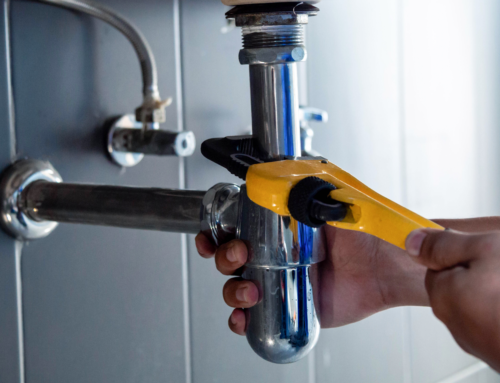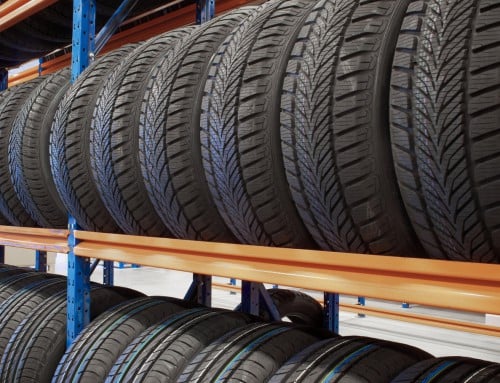Now that we’ve covered roof inspections, we’re continuing our fall business property maintenance checklist and sharing our final to-do item: protecting your home or office from basement flooding.
Basement flooding is every property owner’s worst nightmare. If you’ve ever had a burst pipe, then you know how costly fixing it can be to your property and business. With the wet fall and winter seasons ahead of us, it’s important to prepare your property to minimize the risk of flood damage. While you can’t control the weather, the good news is that you can control the chance of basement flooding happening to you.
Below are some measures you can take to reduce damage to your basement pipes.
OUTSIDE your home or office
- Seal cracks or openings in walls, floors, windows and foundations, and seal all window wells.
- Clear eavestroughs and downspouts of leaves and other debris that prevent proper drainage.
- Repair or replace damaged weeping tile systems.
- Increase the amount of green plants and shrubs around your property to help absorb rainwater and melted snow.
- Check and make sure drainage swales between properties are maintained and clear of obstruction.
INSIDE your home or office
- Ensure that your plumbing and drainage systems are in working condition.
- Avoid carpet in the basement since it retains water and is harder to clean up in the event of flooding.
- Dispose cooking oil and grease in your green bin and not down the drain, which can block your drainage system.
- Avoid flushing items down the toilet that can block your sanitary pipe, such as non-biodegradable products.
- Perform regular maintenance checks of your basement flooding devices, such as sump pumps, which need power to operate so you may want to consider installing a back-up power source.
With these to-dos crossed off your fall property maintenance checklist, you’ll have more time to focus on your business throughout the fall and winter seasons – whatever Mother Nature brings your way.






